Lessons from Lego: Low Risk Innovation tools for Everyone!

LEGO has earned the right to celebrate. Not only are kids playing with more mini LEGO people than there are human beings on the planet but in 2015, they were nominated by Forbes as the most powerful brand in the world. For a company which was on the brink of bankruptcy in 2004, the toy maker has made an amazing turnaround. They restructured, hired a new CEO, and forged more licensing partnerships than ever before. Most importantly, they discovered the secret to some of the world’s most successful, low-risk innovation strategies.
These strategies helped LEGO create a powerful brand envied by every other company in the world. However, successes like these are not, and need not be, restricted to global companies with billions in revenue.
The point of low-risk innovation tools is that one can use them to test ideas in any setting and with any budget. Whether you are a cash-strapped startup or a Forbes 500 firm, sustainable innovation can be your ticket to success.
Out of LEGO’s lessons and that of hundreds of other companies, I have distilled the most successful techniques to innovate cheaply and effectively. They are all contained in the book Innovation Tools. Among others, my book answers questions regarding how strategies used by companies like LEGO are able to turn companies around from looming bankruptcy to industry leading success.
When LEGO restructured and returned to their core business to climb out of a $300 million loss in 2004, they realized innovation, as usual, was not an option. The first step on the toy maker’s journey was to embrace their loyal and creative fan base. They hired so-called “adults fans of LEGO” for their design team and began to crowdsource new toy kits.
As the crowdsourcing venture proved successful, the block manufacturer turned this into a full-blown open innovation policy by opening up the LEGO Ideas portal. Through user input, this online platform generates hundreds of new product suggestions each year and uses some subtle and powerful open innovation techniques, employing everything from social media to peer selection to entice fans into contributing new designs.
Within its factories, LEGO has also embraced a philosophy of rapid prototyping, even to the dismay of its older engineers. David Gram, head of marketing at Lego’s Future Lab, stated that “[W]e only develop the few key features that are really needed. A typical engineering mistake is wanting to invent all the things the product might consist of in one go … we throw that into the market and get feedback from consumers”. This is a technique blossoming all over the world in Maker Faires, Hackerspaces, and Makerspaces.
As big and successful as LEGO is, they could still benefit from the many other innovative strategies employed by other industry leaders. For example, there are powerful forces driving both the creation and dissemination of knowledge to the world. As many technical discoveries are driven by access to the latest information, this will be a game changer for business. For startups or large companies pursuing numerous risky ventures, information is power, and risk mitigation is the name of the game.
Another powerful shift disrupting traditional industries is the new way software is delivered around the world. Products are now able to be delivered in smaller parts, requiring less commitment from a consumer and turning the decision to use a tool into a “no-brainer.” This is even affecting industries with business models based on completely unrelated ways of delivering their services such as medicine.
Another important piece of the innovation puzzle is us; you and I. In the end, it is up to us to make the innovation decisions, but how do we decide? This question can be answered by one of the most exciting developments of the 21st century: a symbiosis between two powerful branches of science: behavioral economics and innovation.
Although these tools are important for a company’s and entrepreneur’s day-to-day work, we also want to know why all this innovation stuff even matters. What happens when we innovate cheaper? What benefits are there to simply lowering our innovation risk beyond the obvious?
Understanding the basics of these techniques and integrating them into your innovation strategy is what differentiates the disruptors from the disrupted. Up until now, it has been difficult to find them all collected in one place with enough details to be able to successfully use these innovation tools.
Competition never sleeps and LEGO is continuously being challenged by new disruptive innovators attacking their market side-on, such as Minecraft. Although the block manufacturer has a license to produce Minecraft styled pieces, challenges can come from anywhere. Full throttle up the innovation curve requires low-risk tools to balance the innovation and fiscal imperatives. LEGO has discovered this, but have you?
The point is that we need to keep innovating without risking financial ruin. This is a difficult balance that my book seeks to discover. It details some of the best techniques available to not just turn an almost bankrupt company around, but also to supercharge any business or entrepreneur wanting to develop the next unicorn opportunity.
image credit: lego.com












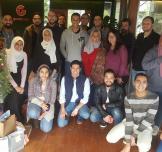




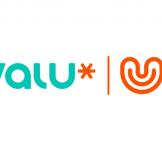

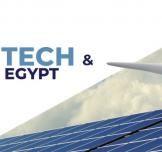
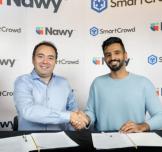



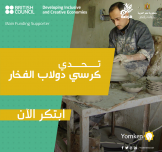





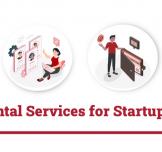













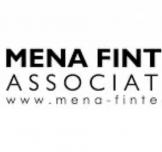








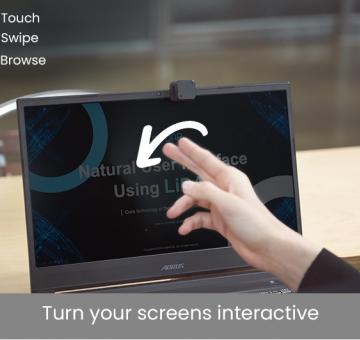
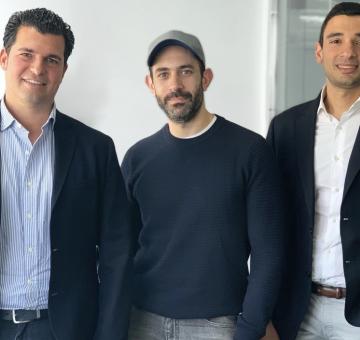

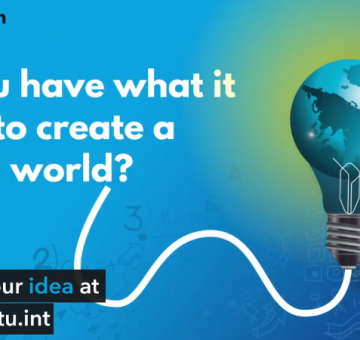

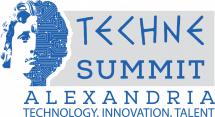

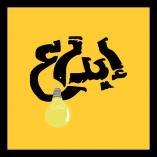



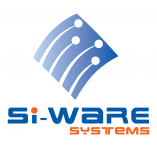



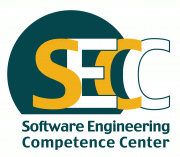
EgyptInnovate site is not responsible for the content of the comments